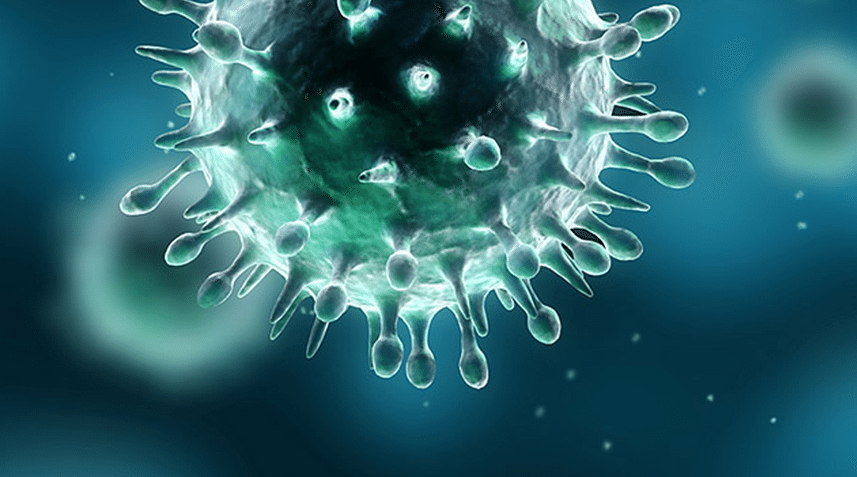
On may 20, 2015, Genocea Biosciences, Inc. (GNCA) announced the results of its phase 2 trial for genital herpes immunotherapy treatment GEN-003. Widely perceived as positive, the data translated to some heavy volume buying of Genocea stock, and temporarily boosted the market capitalization of the company. Now the dust has settled and Genocea stock has dipped a bit, what are our feelings about the results and their implications as far as Genocea is concerned? Let’s take a look.
First, let’s take a quick look at the drug that the results represent, what it is and how it works. GEN-003 is an immunotherapy treatment, meaning it is designed to elicit a response from a patient’s own immune system and a subsequent attack on the cells that cause damage. While not a cure, the drug is targeted at effective treatment of genital herpes, and has already demonstrated statistically significant reductions in clinical signs of genital herpes and viral shedding in previous trials. The actual process through which the drug works is quite complicated, but to simplify, it presents pieces of the herpes virus to T cells and B cells in the body. This presentation causes the human immune system to respond, and triggers an attack on the HSV-2 cells that cause outbreaks and viral shedding (viral shedding is the release of something called virus progeny that follows the replication of a virus cell and its rate is an indication of the virility of a virus – the lower the better).
The latter of these – viral shedding – is considered one of the key metrics by Genocea in determining efficacy of GEN-003. So, with this in mind, what did the results show? During a 28 day observation period starting from completion of dosing, we saw a 55% decline in the viral shedding rate when GEN-003 was introduced with Matrix-M2 as an adjuvant (an adjuvant simply means something that is combined with viral treatments in order to aid the antigen in its task of eliciting an immune system response). The company reported that – across all doses aside from the lowest dose combination – the trial demonstrated statistically significant viral shedding rate reduction against the baseline and versus the placebo.
Chip Clark, president and CEO of Genocea had this to say alongside the announcement:
“We are extremely pleased with these positive top-line results which have successfully allowed us to identify the optimal dose to advance into further trials… The results strengthen the product profile from our Phase 1/2a trial, which we have shown in market research to be highly clinically meaningful and commercially attractive, providing further evidence of the strong value proposition of GEN-003 for patients, physicians and payers.”
So what’s next? Well, before we can consider any sort of approval potential, Genocea must first find a commercial partner to help get GEN-003 into – and through – phase 3 trials. We saw efficacy demonstrated in the recent trials, but it is not uncommon for efficacy to be demonstrated on a small scale yet not scale up in the final trial phase. It’s news and information surrounding the phase 3 trial that we will now look to in order to form a medium-term bias. If we do see any announcements over the coming couple of weeks regarding a further trial, it could quickly translate to an upside revaluation in Genocea stock.
What is the potential market for a herpes treatment such as GEN-003? In a report published in 2010, analysts estimated the global herpes market at $4.2 billion, and suggested we will likely see a compound annual growth rate of 10.1% to reach $9.1 billion by 2018. This is for both herpes simplex and herpes zoster, while Genocea’s GEN-003 only targets the former, so the actual market potential for GEN-003 is approximately 60% of those numbers mentioned.
So, is now good time to buy in? In its latest financials, Genocea reported a $12.1 million loss for Q1 2015, and in doing so, missed expectations by about seven cents per share across an average of six analyst forecasts. With little to no revenues ($121,000 last quarter) it’s important for a biotech company at this stage of its development to attract funding. Before we can recommend the stock, we would like to see some outside capital commitment. Having said this, we are still about $12 short of the 52 week high, and – if we see some positive results related to the company’s other candidate, GEN-004, a vaccine for pneumococcal infections that is currently undergoing phase 2 trials – we might see some upside as speculative investors enter on the announcements.
Conclusion: we will be on the lookout for some outside financing before taking a long position, but more risk tolerant investors might be in for a speculative punt on expectations of further positive news.




